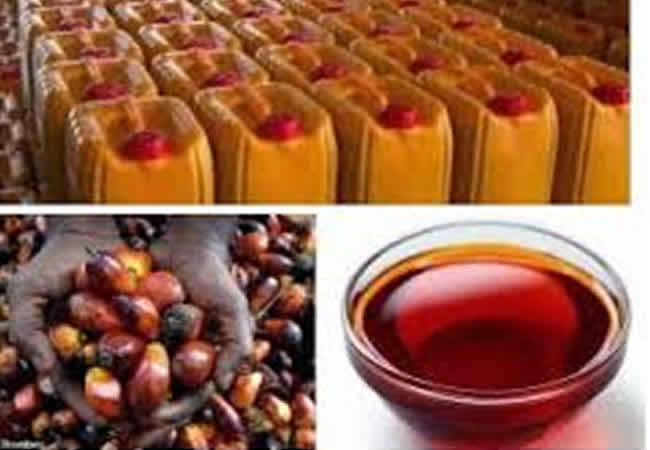The National Palm Produce Association of Nigeria (NPPAN) has disclosed that Nigeria spends $600 million annually on importing palm oil.
This was stated by Mr. Alphonsus Inyang, the National President of NPPAN, during an interview with the News Agency of Nigeria (NAN) on Tuesday in Abuja.
Inyang criticized this expenditure, arguing that it hampers national development. He suggested that the funds could be better utilized within the economy if the palm oil sub-sector received adequate support from successive governments. He highlighted that Nigeria was once self-sufficient in palm oil production, in contrast to the current situation where a significant portion of the country’s palm oil is imported.
“In the 60s, Nigeria was the leading global producer and exporter of palm oil, controlling over 60 percent of the world’s supply,” Inyang said. “Now, more than 50 percent of our consumption is met through imports.”
Currently, Nigeria ranks fifth among palm oil-producing countries, behind Indonesia, Malaysia, Thailand, and Colombia. Inyang warned that Nigeria might lose this position to smaller countries investing heavily in the sector.
According to the U.S. Department of Agriculture, Nigeria produces 1.4 million metric tons of palm oil annually, accounting for 1.5 percent of the world’s total output. This production level is significantly lower than that of the leading producers: Indonesia at 50 million metric tons, Malaysia at 19 million metric tons, Thailand at 3.28 million metric tons, and Colombia at 1.9 million metric tons.
Inyang attributed Nigeria’s challenges to the neglect of the sector by past governments. He pointed out that while Nigeria is now the largest consumer of palm oil in Africa, with an annual consumption of approximately three million metric tons, domestic production remains below 1.4 million metric tons, creating a deficit of over 1.6 million metric tons.
To address this shortfall, Inyang urged the government, specifically the Federal Ministry of Agriculture and Food Security, to support NPPAN members with essential resources. “Our members can plant up to 250,000 hectares per year through the association’s National Oil Palm Strategy Development Plan. All we need are inputs,” he said.
“The government does not need to provide and develop land for us. We need seedlings, fertilizers, logistics, and implements to close this gap within four years. This will also create new millionaires in 28 states of the federation.”




